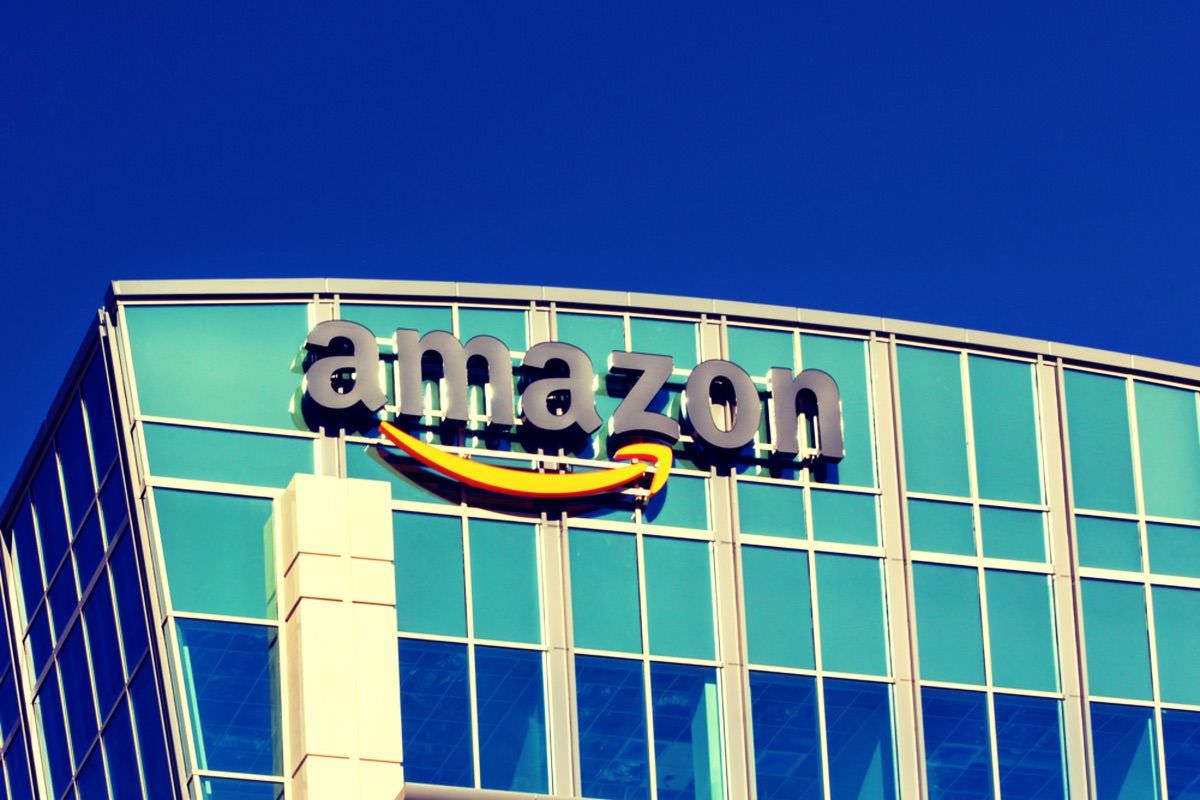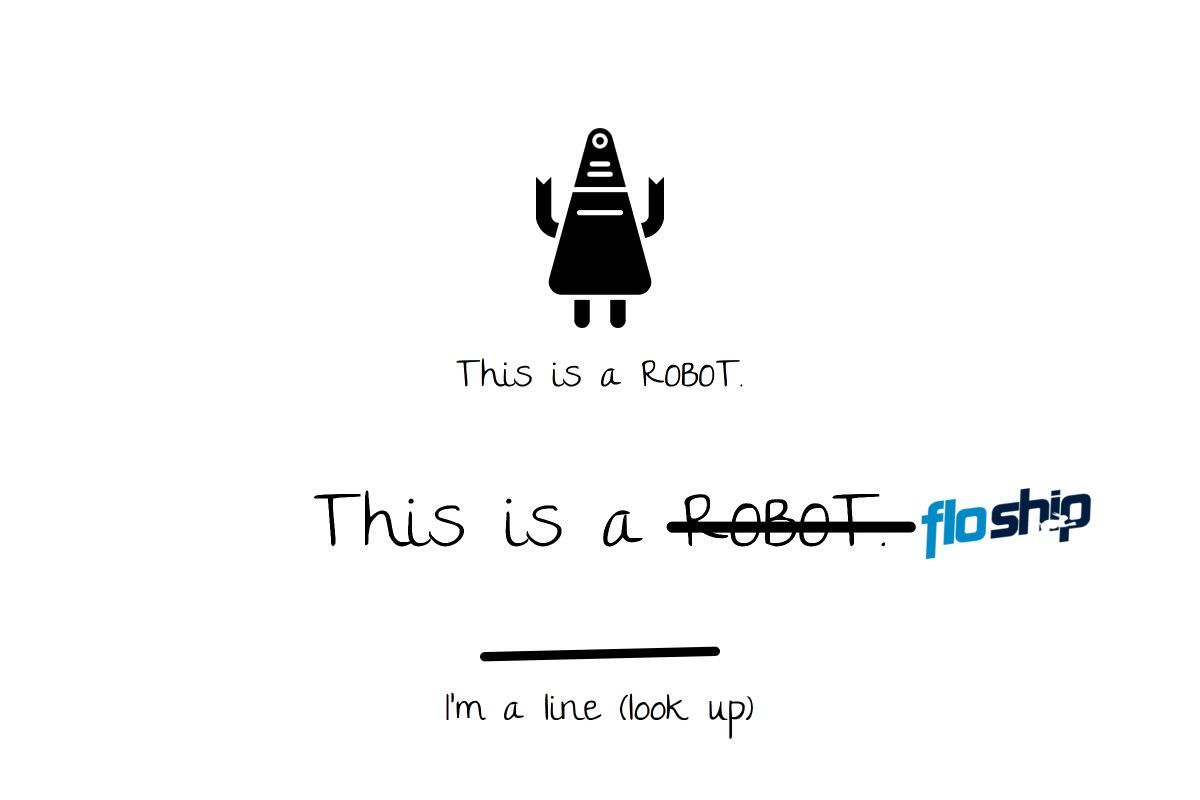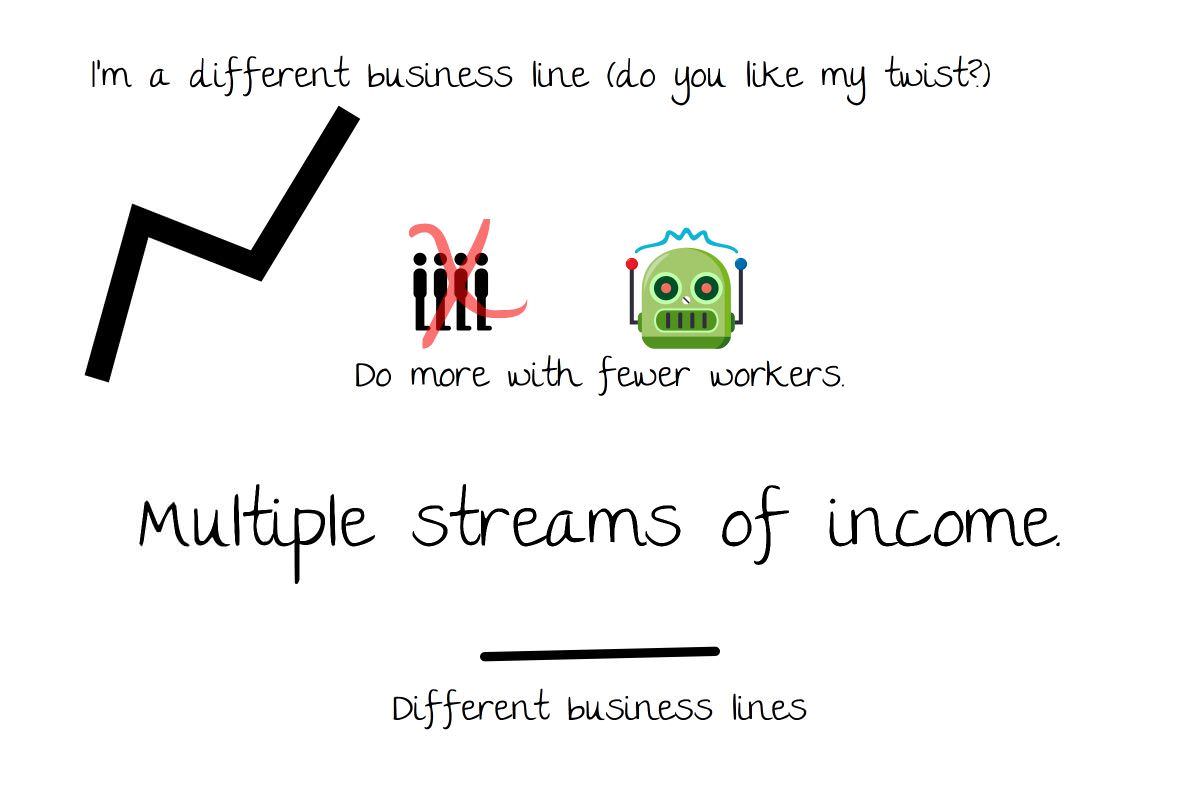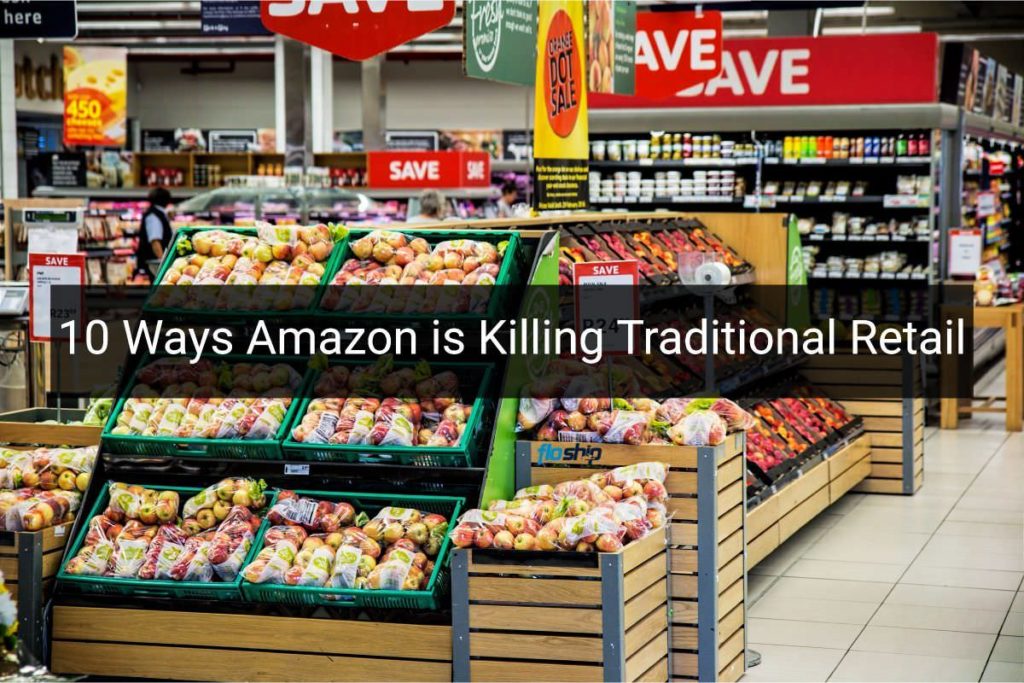Amazon’s online sales have made the company one of the top ten largest retailers in the world.
In fact, the e-commerce giant has caused many unpleasant changes in the retail industry.
Brick-and-mortar stores are seeing their sales decline and losses mount up. Major department stores (J.C. Penny, Macy’s and Sears) have had to close many of their stores due to declining sales.
However, Amazon’s success is more than just lower prices.

In addition to selling many products at competitive prices, the tech giant also offers customers several valuable services.
In short, Amazon’s competitive retail business model, creative services and innovative features have helped turn the retail industry upside down.
But, that’s not news to anyone.
Amazon’s business is more than just retail. Amazon is a technology company that offers many creative business lines.
For example, the company has developed popular new products like the Amazon Echo and the Fire TV Stick.
Also, the company is investing in drone technology research. Some believe that Amazon would like to use drones to make home deliveries to customers in the future. Few retailers are able to invest in new products like Amazon.
Well, there are a few but, ummm, are they really retailers? Maybe, we just need to shake our heads for a moment and think about it:
- Tesla (yeaaah)
- Facebook (probably not)
- Apple (surely)
- Google (I don’t know Mr. Android)
Got off track dear reader, it’s hard to keep focus in the swampy lands of the Amazon!

Both the website and mobile app are very user-friendly. This makes it easy to browse products and read reviews. Amazon is able to sell more products than most traditional retailers can because the company has built several large, high-tech warehouses think robots and the a.i. takeover.
Amazon has millions of merchants that are selling lots of products in many different categories, yes, we mean FBA, or, Fulfilled by Amazon.
Often, product categories have multiple sellers. This has created fierce competition–competition that drives down prices. Don’t you love capitalism. Yes.
Most retailers just have a few vendors for a product category. Ooops. Bad strategy competitors. This means that there is not as much competition to lower prices–no good for consumers.
Amazon Prime (note: if you live on planet earth you can join Amazon prime by clicking that link) is another creative service offered to customers that decide to join.
Prime members are eligible for free shipping on all orders (excluding certain individual sellers); if you didn’t already know this, it’s time to wake up, or leave your cave.
Oh, and there’s more.

Members can often get extra discounts as well. Imagine. Other retailers have started offering free shipping on more orders, which is a signal (like smoke signal yo) that the retail industry is having to follow Amazon’s lead. Duh.
In addition to delivering packages via major carriers (USPS, UPS and FedEx), Amazon has developed a unique way to fulfill prime member orders. The company is creating on-demand, freelance jobs that make home deliveries to prime members–score one for the gig economy. This concept is similar to other gig jobs like Uber and Lyft.
Freelance workers can decide when they want to make deliveries. Currently, this delivery method is only available in select large cities, but the service continues to expand to new markets.
Amazon is in the early stages of testing out a store with no employees.
Robots will stock the merchandise.

Also, there are no clerks to check out customers. In fact, there is no check out at all.
Spooky.
Instead, all products will have RFID chips (please don’t eat unless you robot) that will track sales.
Customers will be automagically charged for products once they take them out of the store. When this concept is successful, many jobs in the retail industry will be lost.
#SorryNotSorry
Companies that are unable to invest in this technology will likely go out of business. Maybe so, maybe not, let’s wait and see.
Bye Bye
Amazon offers customers much more than just products to buy. The company has developed streaming services that deliver videos on demand. Customers can pay to stream movies on their devices. Also, prime members can stream digital music as well.
Amazon’s digital streaming services complement its retail business because customers can easily shop while enjoying entertainment. Few other retailers can create a platform that offers both shopping and entertainment.
Back in the 2000s, Walmart tried to offer digital music to customers. However, the service wasn’t profitable and ended up being discontinued.
Amazon has created tens of thousands of new jobs. Somebody must control the robots, right.
However, retail analysts (yawn) say that for every new job created by Amazon, multiple retail jobs are lost. I bet the analyst are right. This is because the company operates more efficiently than traditional brick-and-mortar stores.
Therefore, Amazon can do more with fewer workers – resulting in lower overhead costs – which puts pressure on other retailers. Thank you logic.
The company benefits from multiple streams of income from its different business lines.

All of its different subsidiaries, like Amazon Web Services, Prime Video, Amazon Echo, and more, are adding to the company’s success.
Most retailers generate nearly all of their income from product sales to customers. This lack of diversification really hurts companies when their sales take a hit.
Do you shed tears when companies hurt?
When a company sees its sales drop, it will likely face cutbacks and have less money to invest in the future.
Imagine.
Amazon, however, can reinvest profits from each of its business lines in new products and services, which adds a financial cushion.

Now that sounds comfortable:
- Business lines
- Financial cushions
- Nests
Finally, one of Amazon’s greatest assets is having its headquarters in Seattle. Cough.
Bill Gates might be cool. Or, not.
This area offers the company some of the best and most innovative technology workers in the World. REALLY?
Mouth agape…
Few other locations offer as big of a high-tech workforce as the Pacific Northwest.
Having access to some of the most highly skilled workers in the world puts the company ahead of many competitors. Like Alibaba, just saying…maybe. What league are we talking about again?
Yes, other companies can recruit technology workers, but it’s more challenging (and expensive) convincing recruits to move to a new place. That’s likely arguable but we’ll let it slide.
In short, Amazon is transforming the way consumers shop and interact with retailers.
This transformation is creating many, sometimes painful, changes for the retail industry. Poor baby got a booboo. How about an industrial strength hug.
Welcome to reality in 2017: Where have you been hiding out?

However, Amazon is more than an e-commerce site (double duh) that offers lower prices on products.
In addition to online retail, the company’s business is also innovative. Isn’t everyone’s…on paper, well–in their minds. Kinda?
Give a dog a bone.
This innovation has resulted in many profitable ventures for Amazon. Bravo Amazon!
In fact, those other business lines create a diversified income (theres those different business lines again) that most retailers don’t have (suckers, time to get with the program).
Amazon can use its multiple streams of income to grow and develop new business ventures in the future. This is getting repetitive. Adieu.
Isn’t life Amazing?
Find out how to Automate your Amazon Order Fulfillment process with the Amazon + Floship Integration here!
More Amazon Blasphemy Thunder
- How Amazon Floats All That Prime Free Shipping
- Amazon and the Future Of Drone Delivery
- 5 Ways Technology Is Disrupting The Shipping Industry
- Trends in Global Merchandise Fulfillment 2017

Ready To Upgrade Your Logistic Solution?
Speak to Floship ecommerce logistic consultant about improving your global support chain today




